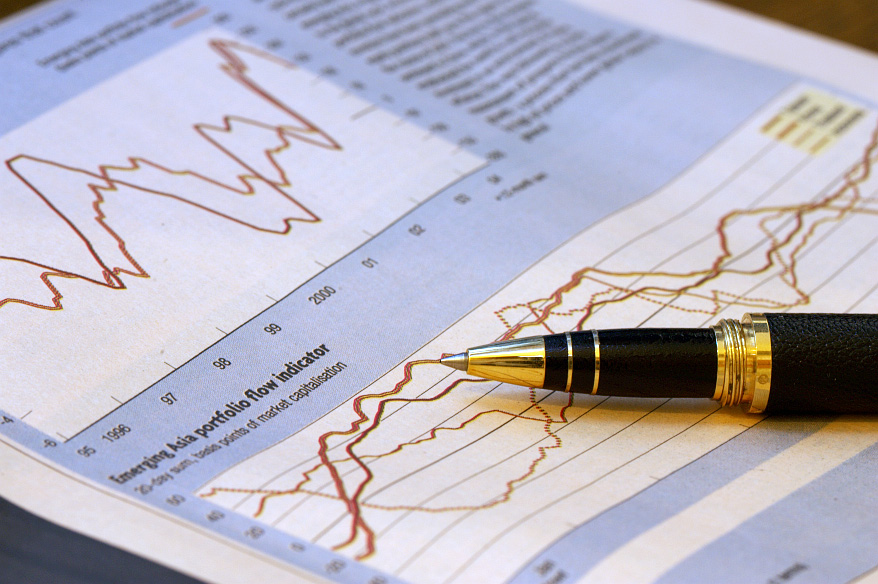The arguments behind abolishing decentralized markets as envisaged by the European Securities and Markets Authority, or ESMA, in the new Markets in Financial Instruments Directive, MIFID II, rules may not be valid. Contrary to intuition, decentralized trading of financial instruments may not stand in the way of effective aggregation of information and price formation.
That is the conclusion of research by professors Elena Asparouhova of the David Eccles School of Business at the University of Utah and Peter Bossaerts of the University of Melbourne, which uses laboratory experiments to test whether trading in ‘dark’ markets outside the standard securities exchanges reduces the efficiency with which prices are determined.
Their findings, which are published in the October 2017 issue of the Economic Journal, demonstrate a more general point, which is the need for rigorous testing of economists’ claims in a controlled setting before policies are enacted.
While this is established practice in fields such as aviation and pharmacology, laboratory testing of the kind that Asparouhova and Bossaerts present in this study is yet to be introduced in finance. Without controlled experimentation, they conclude, the conclusions of financial regulators like the ESMA are mere conjecture.
Speaking in January 2014, Michel Barnier, then the European Commissioner for Internal Market and Services and now the Commission’s chief negotiator with the UK over Brexit, justified new rules on securities exchange which will come into full force in January 2018 in the following way:
‘The MiFID II reform means that organized trading of financial instruments must shift to multilateral and well-regulated trading platforms. Strict transparency rules will ensure that dark trading of shares and other equity instruments which undermine efficient and fair price formation will no longer be allowed.’
Barnier’s statement reflects the belief that centralized, transparent markets provide better price discovery than ‘over-the-counter’ markets, where negotiation and trade can be kept private, or “dark,” to the parties involved for a long time.
But is this belief correct? Would information percolate less effectively in a decentralized market than in a centralized one?
Financial economists such as Darrell Duffie of Stanford University have developed theories that predict no difference. But this too is theory, and just because one can find an argument to support a view does not make it true. One can only tell by testing the theory.
The new study sets out to test the theory that opaque markets make price formation less efficient using the Flex-E-Markets online trading platform, which the researchers themselves developed. They discover that, contrary to Barnier’s belief, decentralized trading does not stand in the way of information aggregation.
Asparouhova and Bossaerts distributed private signals about the true value of the traded asset and observed that these signals became rapidly reflected in traded prices. While there necessarily was more price volatility than in a centralized market, the average transaction price correctly reflected value.
In finance parlance, the market quickly became ‘efficient.’ Market participants may not have been aware of how effective information was being aggregated, which explains why prices remained volatile throughout trading.

